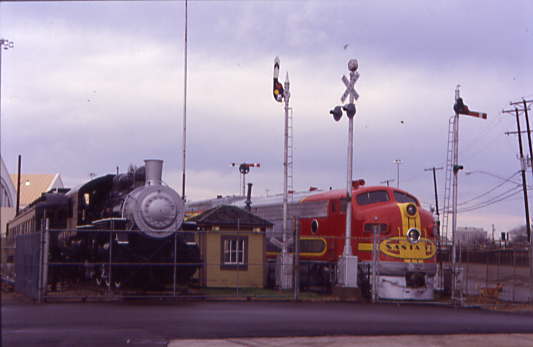
After one of the worst hotel breakfasts in my travel history, we checked out of the Best Western Southland Inn and headed east down Interstate 30 to the exit for Fair Park in Dallas. Following the signs that took us to Gate 3 of the Texas State Fairgrounds, we found the Museum of the American Railroad.
Museum of the American Railroad 12/30/2006In May 1963, what would become the "Age of Steam Museum" began. In 2006, the name was changed to the Museum of the American Railroad to bring it more into the modern world in which we live. I had always wanted to visit this unique museum, and this morning I would finally have my chance. We pulled into their parking lot and walked around the outside of the museum as it had not yet opened and photographed the exhibits.

The east end of the museum near the main entrance
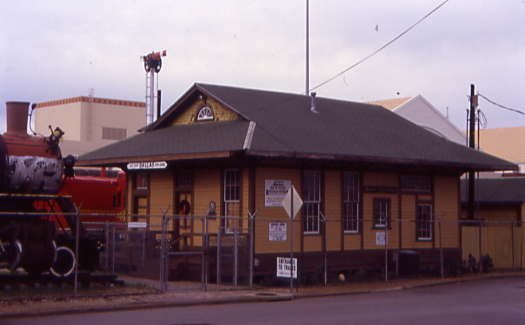
We first photographed Houston & Texas Central Railroad's Dallas depot that was built in 1905.
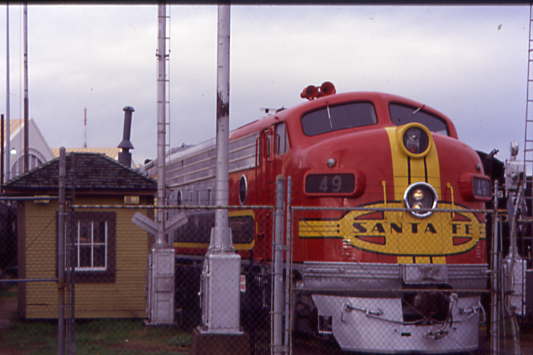
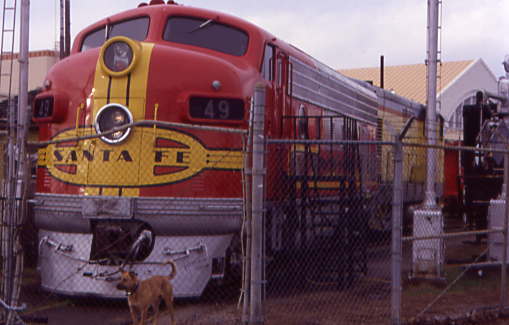
Beside it was Santa Fe F7A 49, formerly Canadian National F7A 9167.
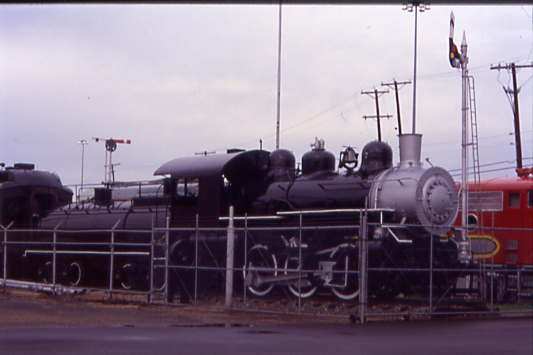
Then we photographed Dallas Union Terminal Company 0-6-0 7 built in 1923.
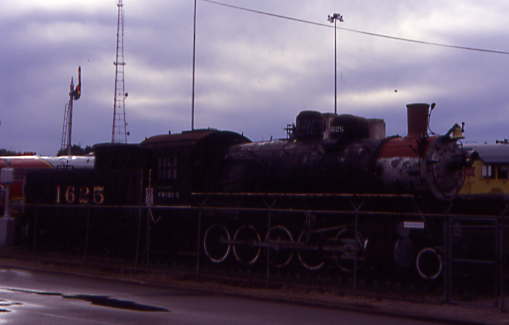
Eagle-Pincher Mining Company 2-10-0 1625, a decapod built in 1918.
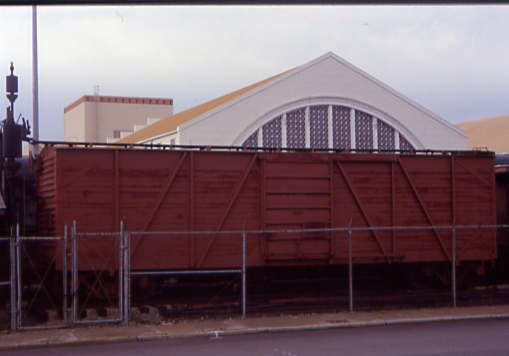
An outside-braced wooden box car used for storage by the museum.
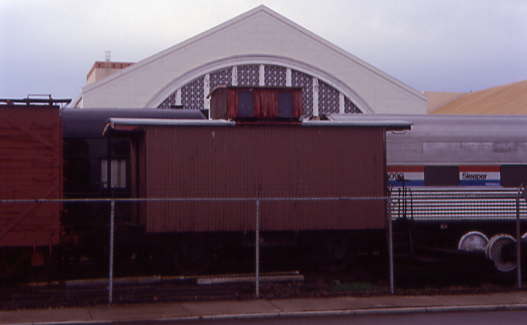
Buffalo, Rochester & Pittsburgh Railway {B&O} bobber caboose built in 1896.
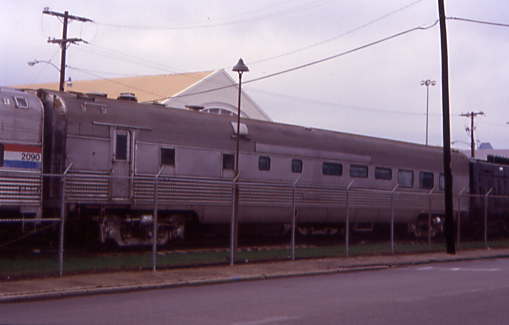
Continuing around the site, we saw Santa Fe 1550, a lunch counter car.
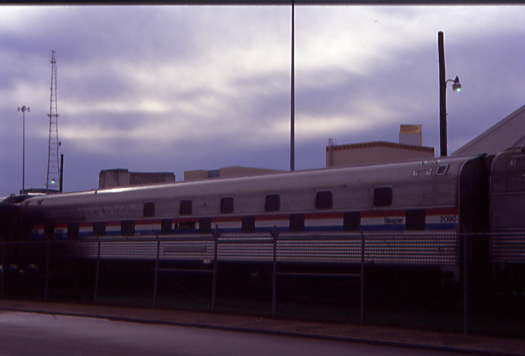
Amtrak Slumbercoach 2090 "Loch Talbet", ex. Northern Pacific 329 which was built as Missouri Pacific "Southland".
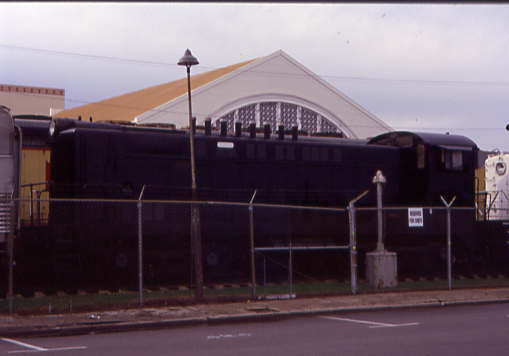
Western Railroad Company VO-1000 1107 built in 1943 for the Colorado Fuel & Iron Works in Pueblo, Colorado.
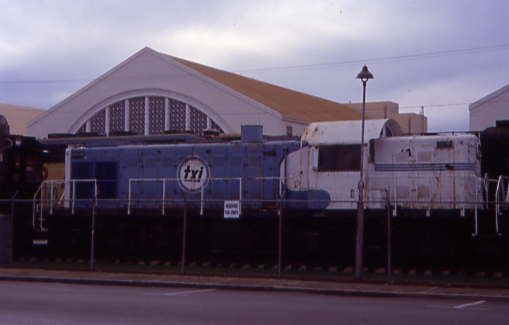
Also here was TXI Industries RSD1 8000 built for the New York Susquehanna & Western Railway in1942, used by the War Department who shipped it to Iran where it hauled war materials to Stalingrad during World War II. It was later bought by TXI Industries in Midlothian, Texas.
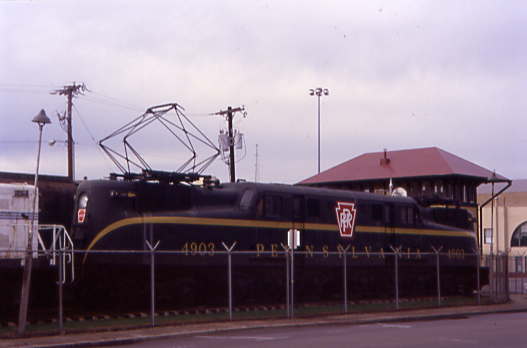
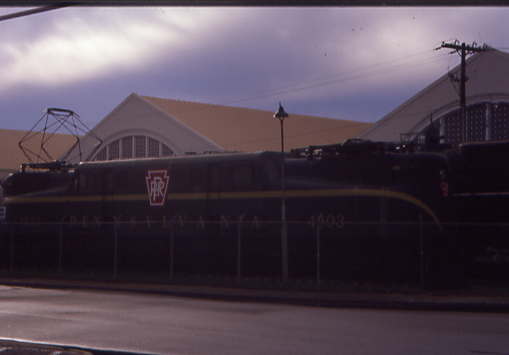
We were surprised to find Pennsylvania Railroad GG-1 4903 built in 1940 which pulled the funeral train of Senator Robert Kennedy from New York to Washington, DC on June 8th, 1968.
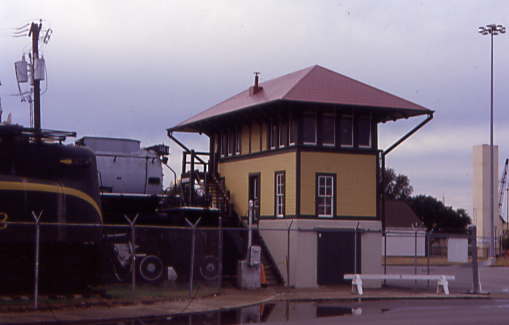
The Gulf, Colorado & Santa Fe Interlocking Tower 19 is also on museum property.
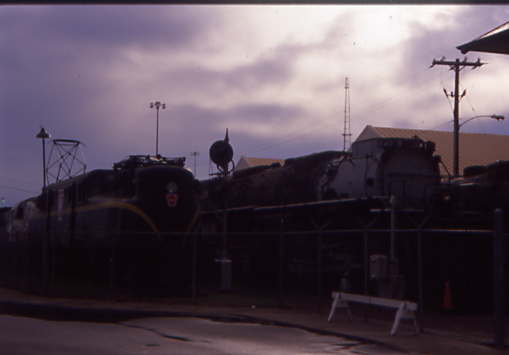
Union Pacific Big Boy 4-8-8-4 4018 and Pennsylvania Railroad GG-1 4903.
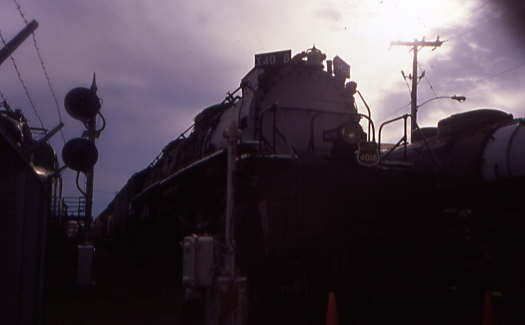
Union Pacific Big Boy 4-8-8-4 4018.
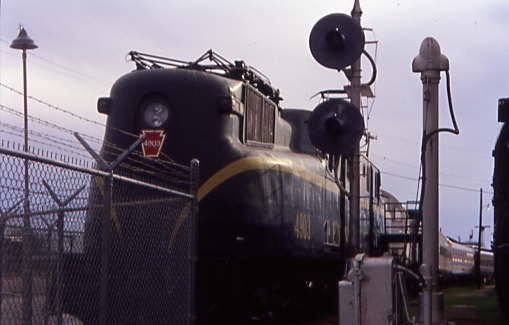
Another view of Pennsylvania Railroad GG-1 4903.
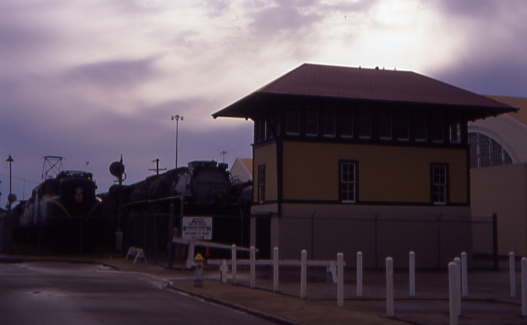
Tower 19, Union Pacific 4018 and Pennsylvania Railroad 4903.
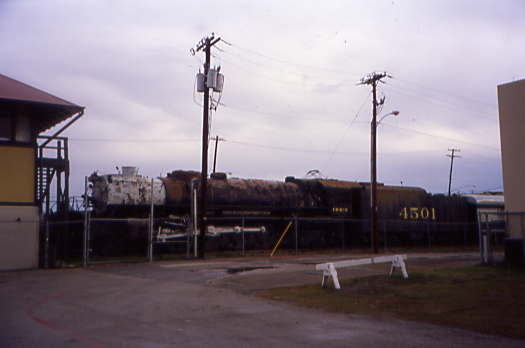
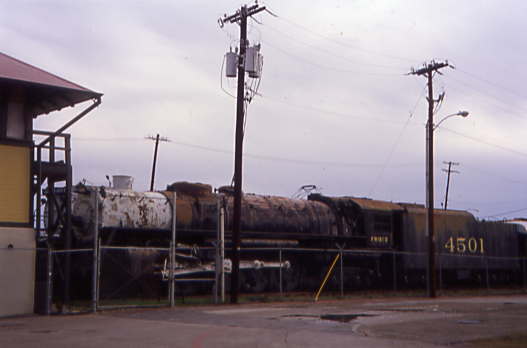
St. Louis-San Francisco Railway 4-8-4 4501 built in 1942.
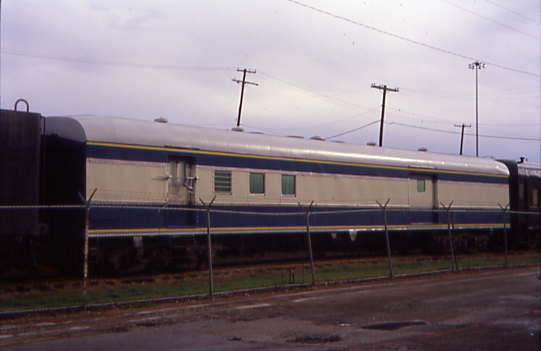
Passenger cars included Texas & Pacific Railway RPO-baggage car 916 built in 1916.

St. Louis-San Francisco Railway chair car 759 built in 1912. This is one of the few remaining Jim Crow cars still in existence. These cars were used during segregation in the South.
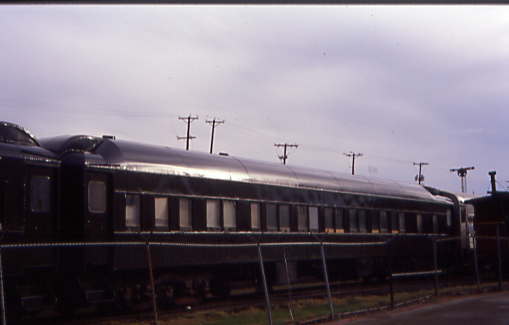
Pullman sleeping car "Glengyle" built in 1918 which once provided first class accommodations for family and dignitaries on Franklin Roosevelt's funeral train in 1945.
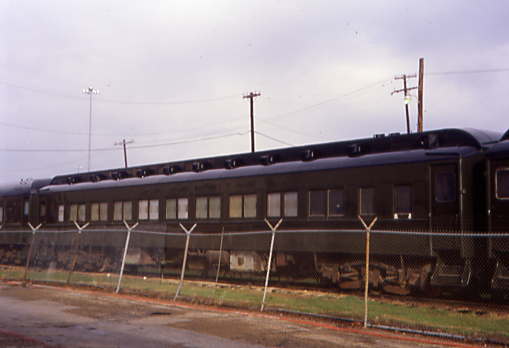
Pullman sleeping car "Goliad" built in 1926
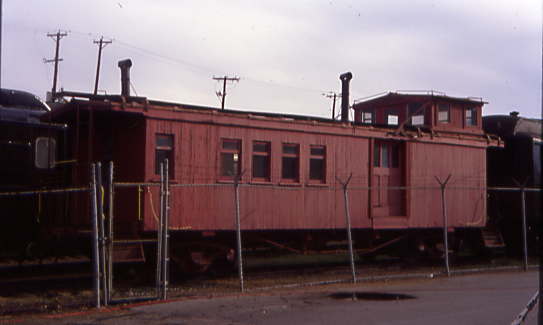
They also have a St. Louis-Southwestern Railway {Cotton Belt} wooden caboose 2332 built in 1920.
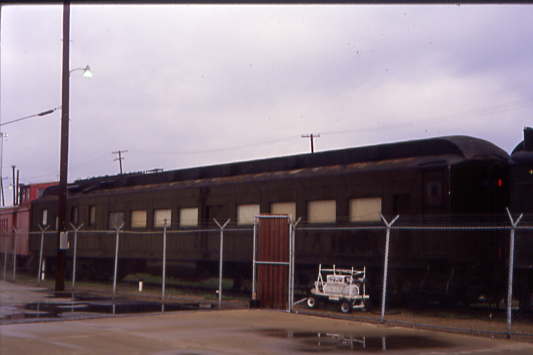
Santa Fe Railway Parlor car 3231, built in 1914.
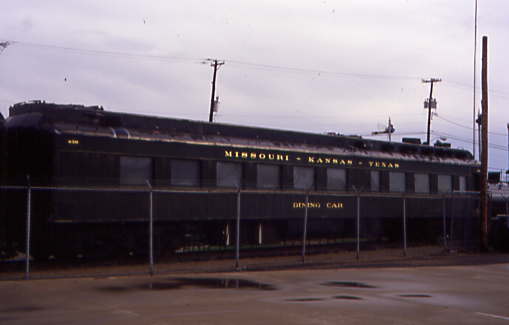
Missouri-Kansas-Texas Railroad dining car 438 built in 1937.
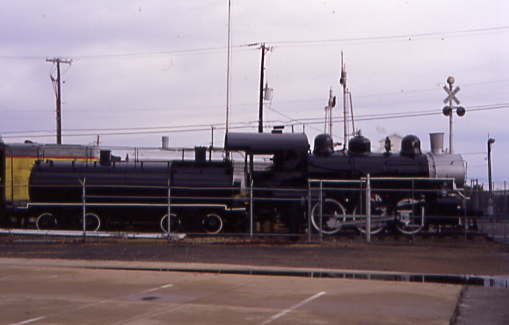
Another view of Dallas Union Terminal Company 0-6-0 7.
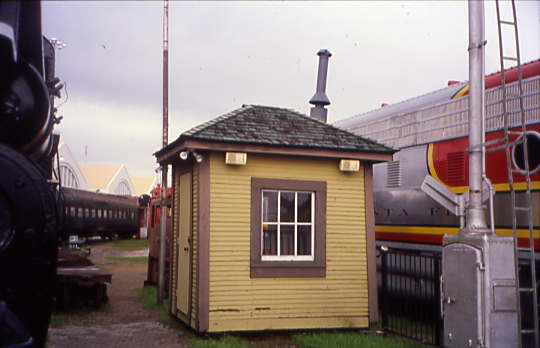
They have a small section house.
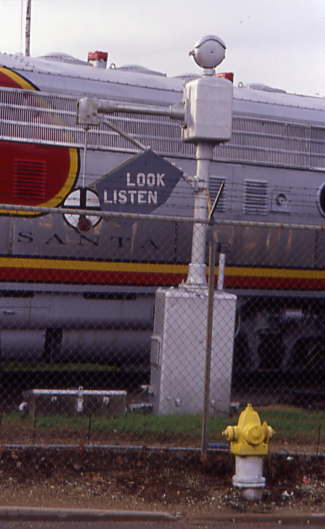
They have an unique wig-wag crossing system.
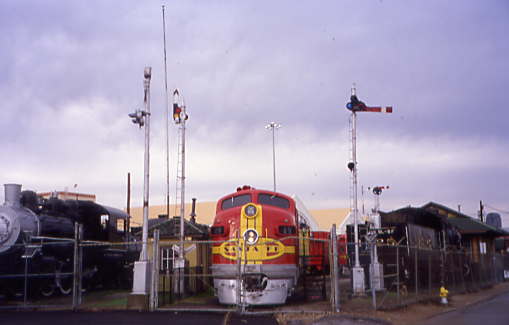
As I had walked all the way around the Museum of the American Railroad, I returned to the car to get out of the cold and wind. Just before 10:00 AM, two museum workers arrived and went inside. About ten minutes later, I called about being here to write a story and they opened the museum. We checked in and after looking at the indoor exhibits, Chris Parker and I started to look outside. Mr. Jeff Phelps then came out to guide us around the museum and answer any questions that we had. One passes through the station building to get access to the exhibits inside the museum's grounds.
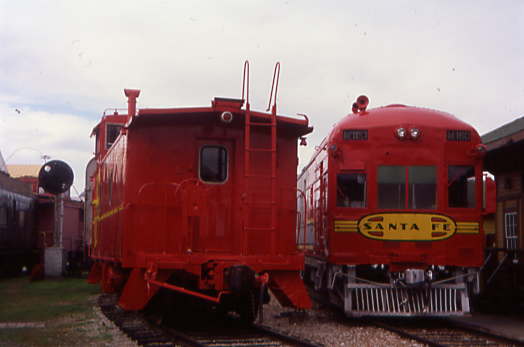
Outside is Santa Fe Railway M 160 Brill diesel-electric motorcar built in 1931 .
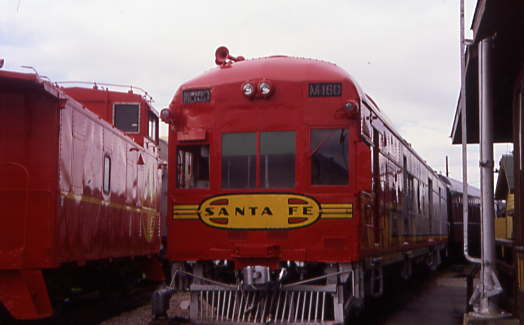
Santa Fe Railway M-160.
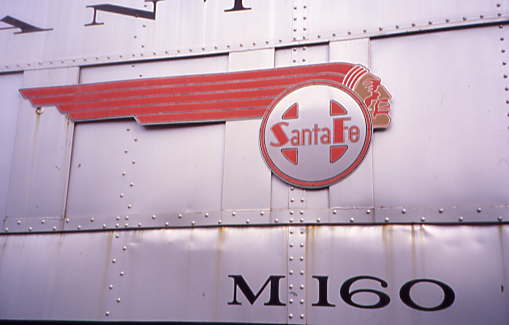
The Santa Fe emblem on the M-160.
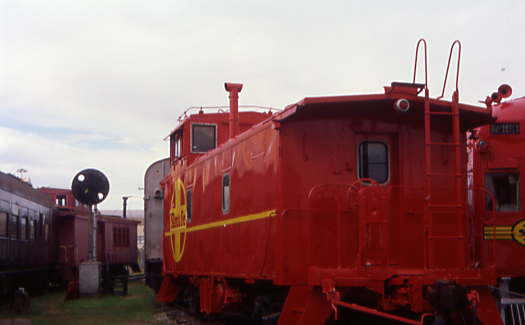
Santa Fe Railway caboose 999311 built in 1949.
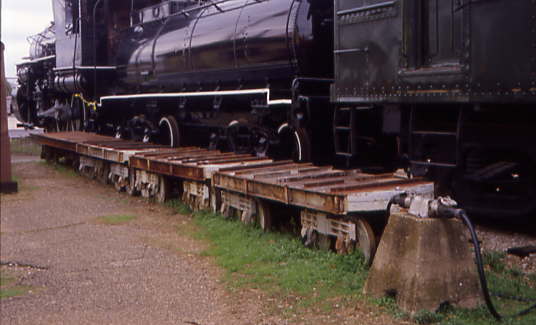
There is a miniature train alongside Dallas Union Terminal Company 7.
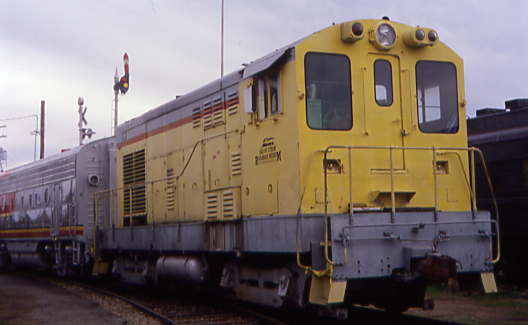
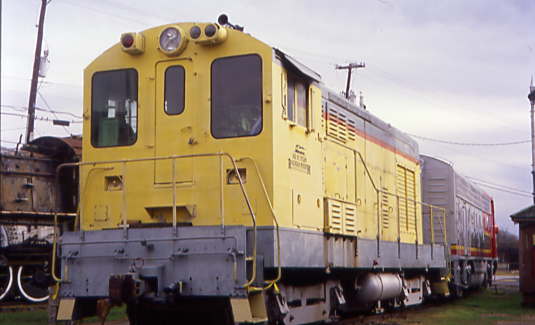
The museum also has Southwest Portland Cement Company H12-44 115 built in 1956. We then toured the MKT Diner 438 and Santa Fe Parlor Car 3231.
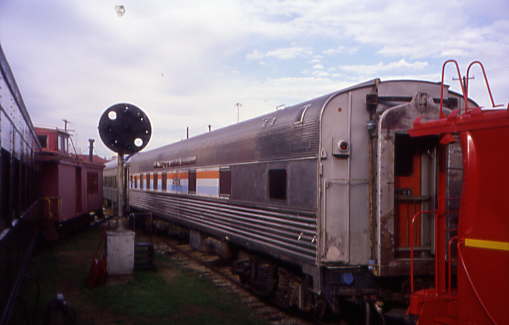
Amtrak sleeping car "Pine Ring" 2297, built for the Santa Fe Railway as their 1642 in 1950.
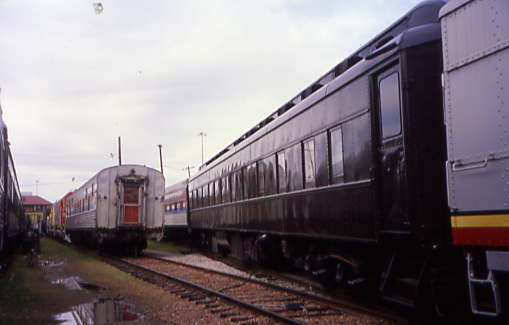
Pullman Sleeping Car "Glen Nevis" built in 1925, but used in its later years by Freight Masters Industries of Fort Worth, where it became a rolling laboratory for designing coupler cushioning devices.
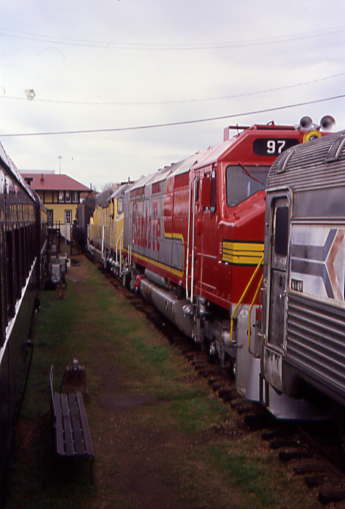
They also have Santa Fe Railway FP45 97 built in 1967.
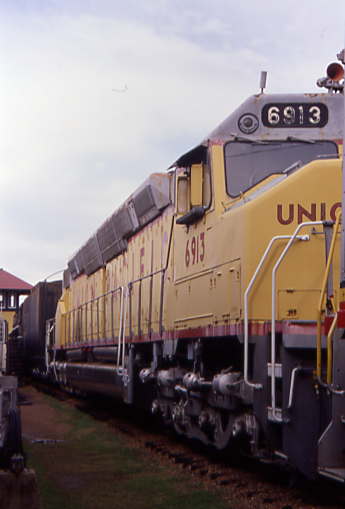
Union Pacific DD40AX 6913, one of the largest diesels ever built, in 1969.
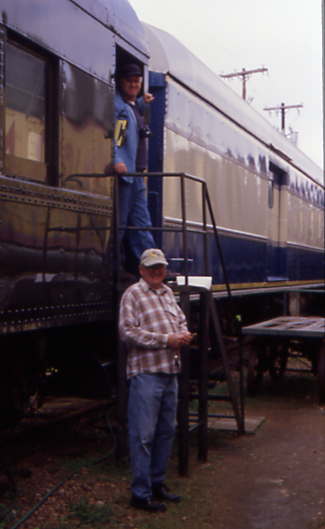
Chris Parker and Jeff Phelps. We were able to visit the cabs of both UP Big Boy 4018 and Frisco 4501.
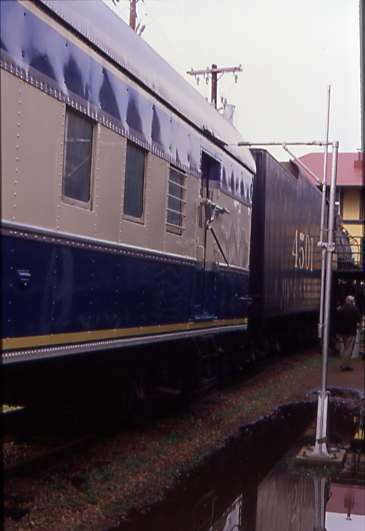
There is a mail stand outside Texas & Pacific RPO Car 916.
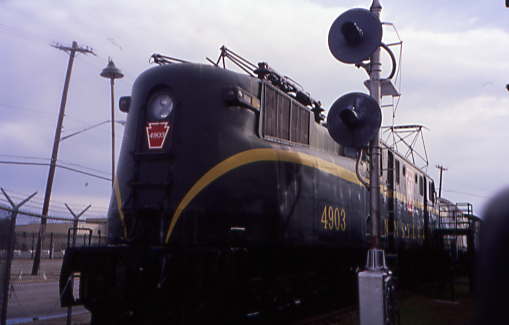
Pennsylvania Railroad GG-1 4903.
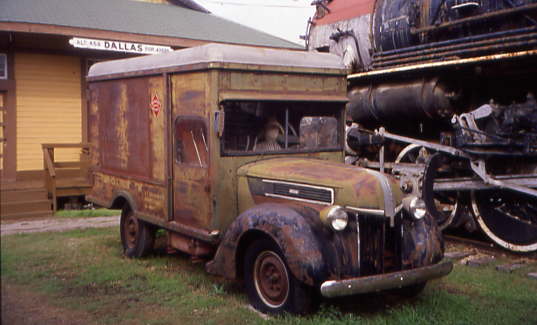
A Railway Express Truck was the final exhibit that we saw at this fantastic museum. We thanked Jeff Phelps and the women inside for the fantastic visit to the Museum of the American Railroad in Fair Park in Dallas.
When we had exited the freeway to go to the Museum of the American Railroad, we had spotted some former Santa Fe Hi-Level coaches which Amtrak had turned into coach-dorms. After our visit, we drove around plenty of construction but we finally got close enough for pictures.
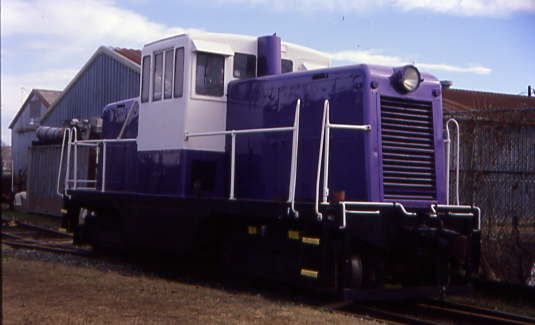
A switcher which is located here.
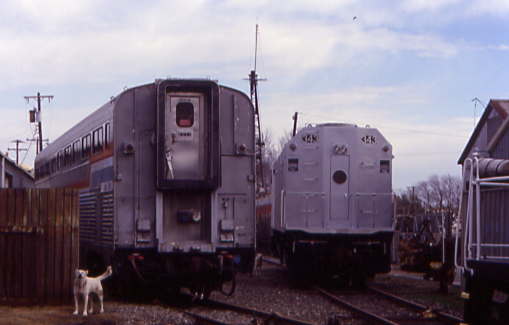
Ex Amtrak F-40PH 343.
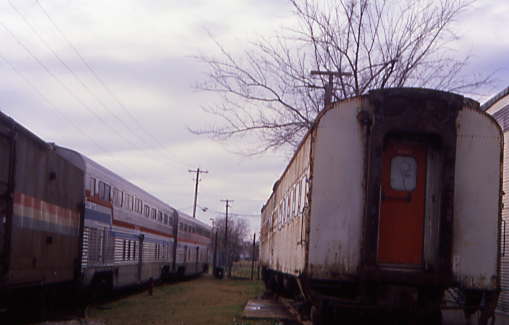
Two of the ex Santa Fe Hi-level cars that Amtrak had used as Coach-Dorms.
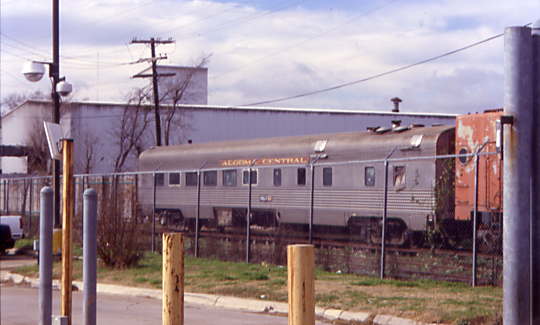
Ex Algoma Central car.
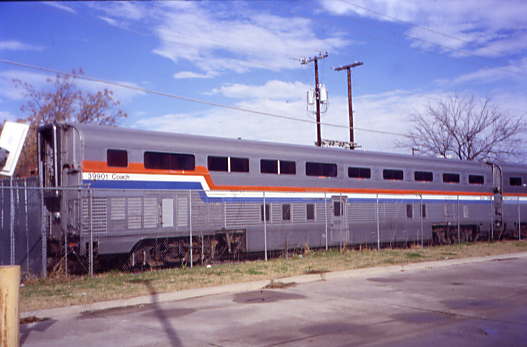
Ex Amtrak 39901.
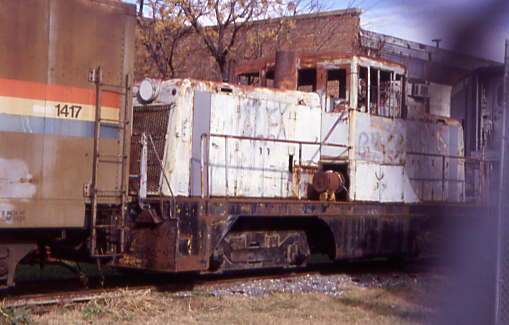
Another switcher.
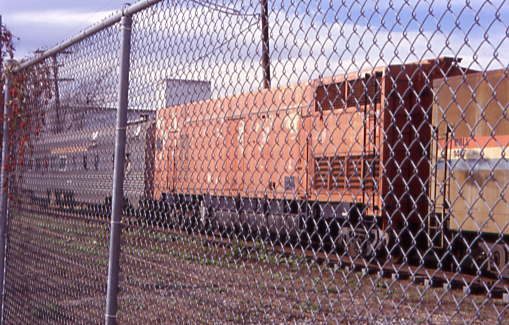
Another piece of unique railroad equipment.
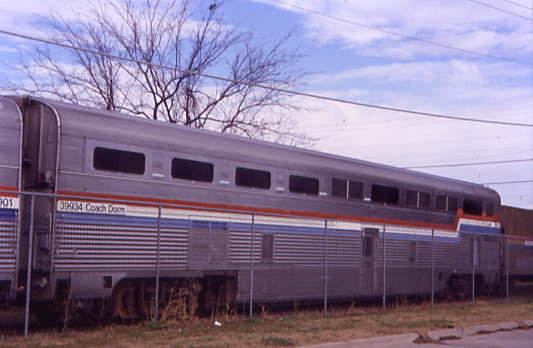
Ex Amtrak 39934.
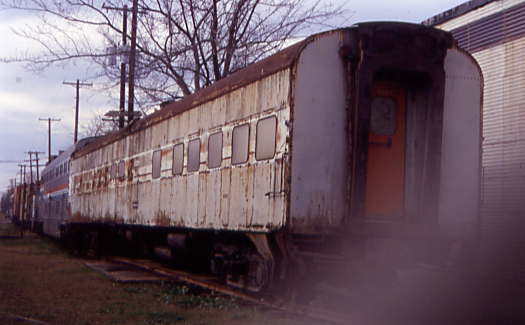
Another ex Amtrak car.
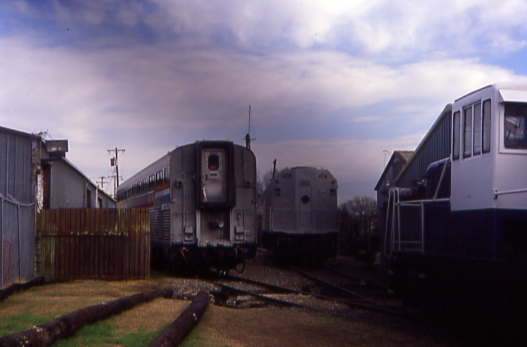
Ex Amtrak F-40PH 343 and ex Amtrak 39918. We returned to the rental car and got back on Interstate 30 West which we took to Interstate 35 East.
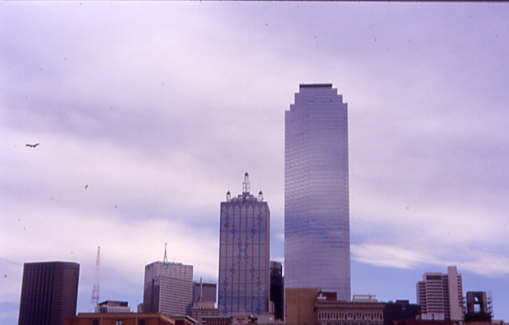
We drove past the skyline of downtown Dallas then we took Texas 114 west to Grapevine, where we exited and followed the signs to our next rail adventure, the Grapevine Vintage Train.